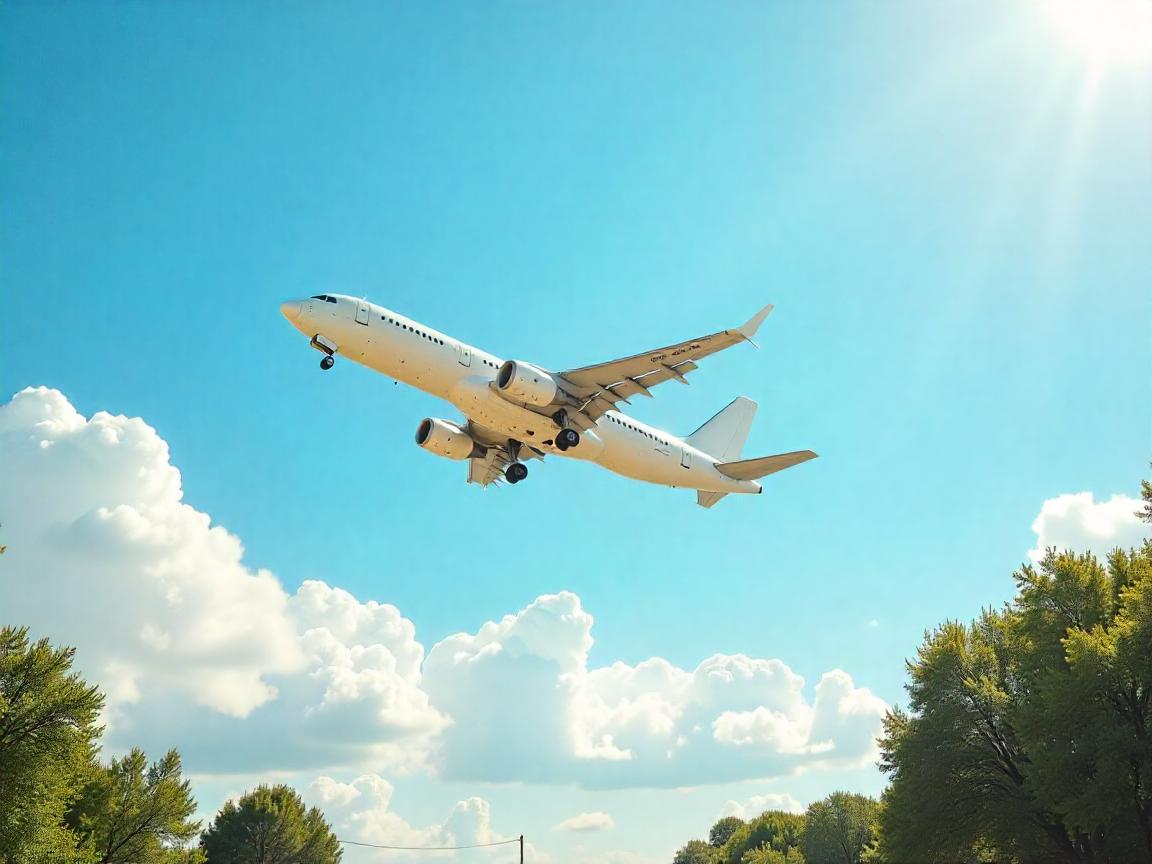Friday, July 11, 2025
Portugal’s remote Terceira Island in the Azores became the unlikely stage for an aviation emergency after a Delta flight from Madrid to New York was forced to make an urgent landing due to a serious mid-air engine failure. The isolated volcanic outpost served as a critical lifeline for the nearly 300 passengers and crew onboard, turning what could have been a disaster into a safe, though prolonged, detour that tested the limits of aviation logistics in one of the most remote corners of the Atlantic.
Delta Flight Makes Emergency Landing On Isolated Azores Island After Engine Failure, Strands Passengers For Over a Day
A Delta Air Lines aircraft flying from Madrid to New York was compelled to land urgently on a secluded volcanic island off the Atlantic Ocean after a serious engine problem arose while the plane was airborne. Flight 127, the transatlantic flight, had 282 people and 13 staff members onboard when the mishap happened.
Roughly four hours into the journey on Sunday, the aircraft experienced an engine problem, prompting pilots to divert course and land at the nearest safe airfield. The nearest suitable landing site was Lajes Airport, located on Terceira Island, one of the secluded volcanic isles within Portugal’s Azores archipelago.Located approximately 1,000 miles west of mainland Portugal, the island is known for its isolation and rugged volcanic terrain.
Island Isolation Turns Temporary Refuge
The unscheduled landing at Lajes was safely executed, and no injuries were reported among those onboard. However, the ordeal was far from over for the passengers. What began as a technical precaution turned into an extended layover, leaving travelers stranded on Terceira Island for nearly 29 hours.
With minimal commercial airline access and little logistical facilities on the island, Delta had a hard time organizing prompt subsequent travel for the affected travelers. The carrier finally sent a replacement plane all the way from New York’s John F. Kennedy International Airport to pick them up.
According to openly available flight-tracking data, the rescue plane departed JFK a full five hours after Flight 127 had landed safely at the Azores. Some more hours were necessary for the plane to reach the island, load the passengers, and make the transatlantic journey to New York.
Delays Stretch Journey to Over 31 Hours
The original Flight 127 schedule included a continuous flight of nearly eight hours to New York from Madrid. But with the diversion and waiting for a number of hours until a replacement aircraft could reach them, the real trip took over 31 hours.
Numerous passengers were said to have spent the night in airline-arranged local lodging, while others were at the airport as Delta arranged transportation. During the delay, the situation was filled with confusion, compromised connectivity, and exhaustion as the passengers were stuck away from the origination point as much as the destination point.
By the time the spare aircraft had landed at New York, the passengers had already endured a full day of delay. For the majority, it had been an unexpected education about aircraft contingency and the challenges of flying the Atlantic oceans by the sparse emergency landing facilities which cover such vast stretches of sea.
Plane Diverts Through Mid-Ocean Risks
The event highlights the challenges of long-distance international travel, specifically over rural areas such as the Atlantic Ocean. Situations involving these types of routings must comply with the stricter ETOPS (Extended-range Twin-engine Operational Performance Standards) guidelines, which require airline carriers to have the ability to land safely in a specific amount of time should a single engine lose functionality.
In our instance, the pilots reacted promptly and as per standard procedure, selecting an appropriate diversion airport with a sufficient runway length and emergency facility support. Lajes Airport, occasionally utilized by military aircraft and a select number of commercial aircraft, served as a lifeline in securing the safe passage of everyone onboard.
Delta’s Reaction and Passenger Relief
After Delta released a statement confirming the emergency landing and thanking Portuguese authorities and airport personnel at Terceira for their cooperation, the airline indicated that it had taken care of the stranded passengers with accommodation, meals, and assistance during the overnight layover.
Despite shaken and exhausted, the majority of the passengers declared relief that the situation did not result in injuries nor further problems. Some posted their accounts on social media, narrating the surreal atmosphere of ending up on a strange volcanic island, adrift in the ocean.
The situation, while disruptive, ended with all passengers safely reaching their destination. Aviation analysts pointed to the incident as a reminder of the importance of robust safety procedures, crew preparedness, and international cooperation during mid-air emergencies.
Portugal’s distant Terceira Island was an emergency lifeline when a Delta aircraft en route from Madrid to New York had to land as a result of engine failure in mid-air, stranding almost 300 persons for more than a day. The isolated Atlantic outpost tested rescue logistics, which transformed a normal flight into a 31-hour marathon. As flying rebounds after the pandemic, such events reflect the unpredictability of long-haul flying and the need for contingency planning. For the people in Flight 127, it was an involuntary diversion that made a routine flight a story they wouldn’t forget any time soon.
